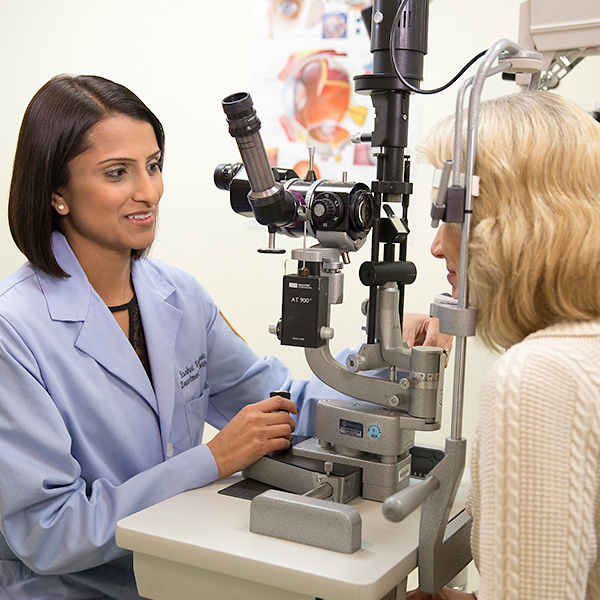Unequal Pupil Size
Overview and Facts about Unequal Pupil Size
Unequal pupil size, or anisocoria, is a condition in which the pupils are different sizes at the same time. Approximately 20% of the population have anisocoria unrelated to any medical abnormality.
However, the presence of anisocoria can, in certain cases, can be a sign of an underlying medical condition. Even small differences in the size of the pupils may be significant and an indication of a serious eye problem or other medical condition.
Signs and Symptoms of Unequal Pupil Size
When unequal pupil size is caused by a disease of the eyes, brain, blood vessels, or the nervous system, symptoms may include:
- Drooping eyelid (ptosis)
- Problems with eye movement
- Double vision
- Eye pain and redness
- Loss of vision
- Headache or neck pain
- Nausea
- Fever
Causes and Risk Factors of Unequal Pupil Size
The most common cause of unequal pupils is physiological (also known as simple or essential anisocoria), which means the pupil difference is due to how the body was formed.
When both pupils have a normal light response and there are no vision problems, there is no reason for concern.
However, an unequal pupil size of more than one millimeter or a change to that effect occurring later in life should be a cause for concern. Symptoms of this may be caused by:
- Brain aneurysm
- Bleeding inside the skull caused by a head injury
- Brain tumor or abscess
- Excess pressure in one eye caused by glaucoma
- Meningitis or encephalitis, which are infections of membranes around the brain
- Migraine headache
- Seizure
- Diabetic oculomotor nerve palsy
- Prior eye surgery for cataracts
- Use of certain eye drops
Tests and Diagnosis of Unequal Pupil Size
Your ophthalmologist will perform a thorough eye examination to evaluate your vision, eyelid position, eye movement, and the extent of the difference in the pupil size when transitioning from an environment that is brightly lit to a dimly lit one.
They may also examine your eye with a slit-lamp microscope (a low-power microscope combined with a high-intensity light source).
Based on initial findings, further tests may include:
- Complete blood count
- Blood differential, which detects abnormal and immature cells as well as the percentage of each type of white blood cell
- Cerebrospinal fluid studies
- CT scan of the head
- An electroencephalogram, which detects electrical activity in your brain
- MRI scan of the head
- Tonometry (if glaucoma is suspected) to measure intraocular pressure
- X-rays of the neck
Treatment and Care for Unequal Pupil Size
Treatment depends on the underlying cause of the unequal pupil size. Seek immediate medical attention if unequal pupil size is accompanied with:
- Blurred vision
- Double vision
- Eye sensitivity to light
- Fever
- Headache
- Loss of vision
- Nausea or vomiting
- Eye pain
- Stiff neck
Immediate medical help should also be pursued if you notice unequal pupils after an eye or head injury.

Request an Appointment
Whether you are seeking routine eye care or have a specific vision issue, our team treats a wide range of eye diseases and conditions, including cataracts, glaucoma, macular degeneration and strabismus. Schedule an appointment today.
Schedule a Telehealth Appointment
